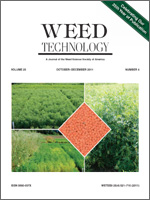
Reliability of a Visual Recognition System for Detection of Johnsongrass (Sorghum halepense) in Corn
No abstract available
